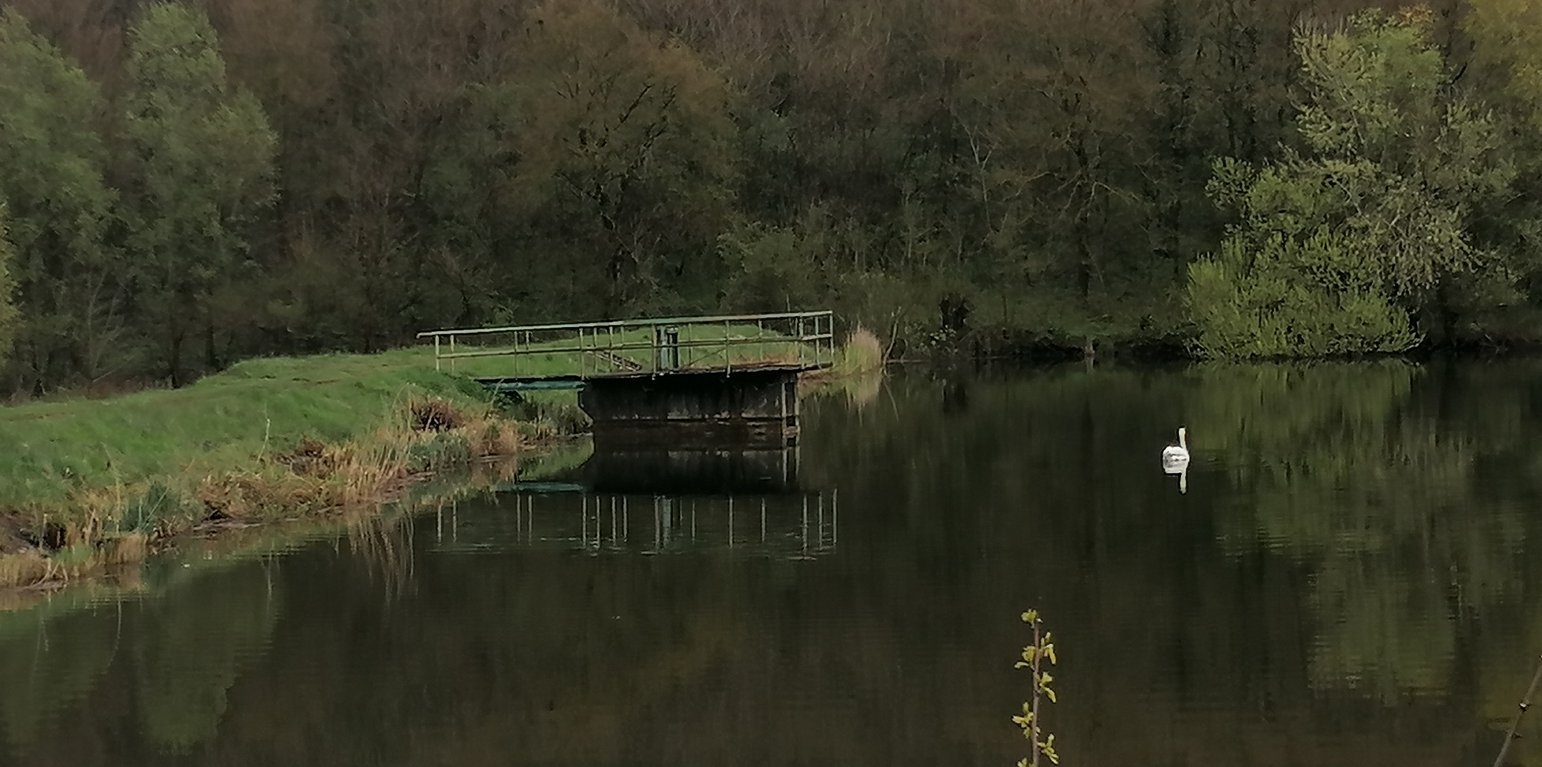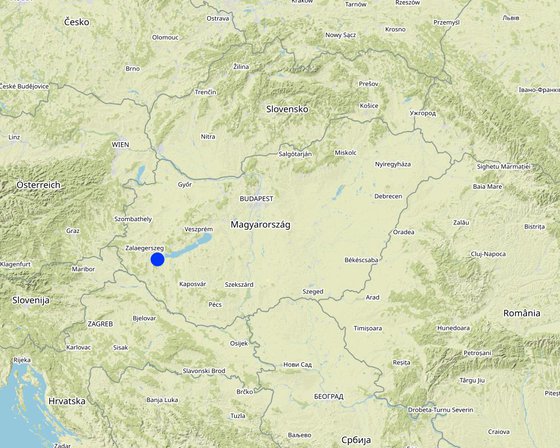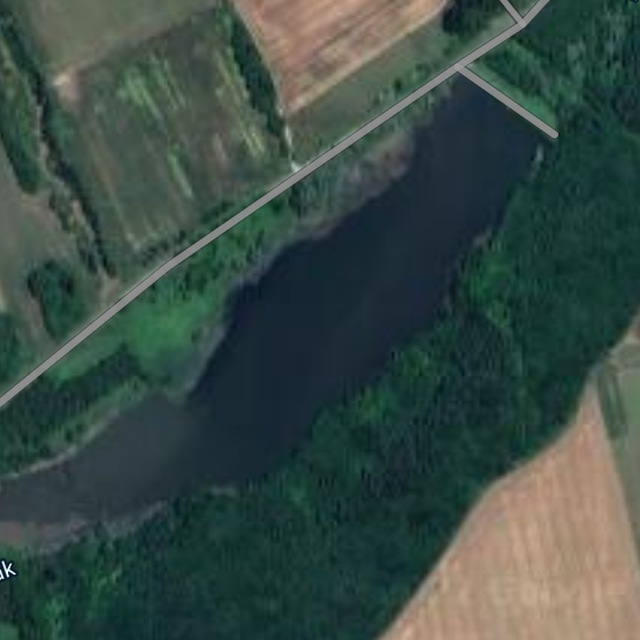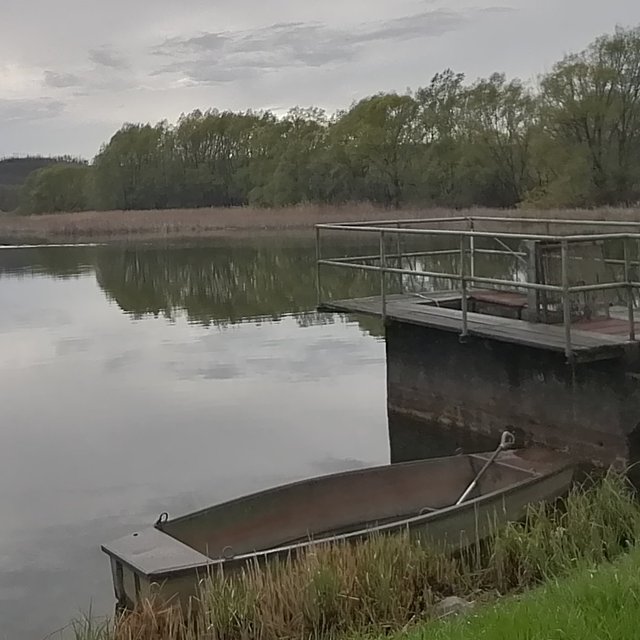



Sediment capture ponds are designed to be able to retain runoff water during rainy periods. They are located along networks of ditches which drain watersheds – and are constructed through mechanical excavation. The technology is usually applied in hilly areas, but sometimes downstream ponds are located in or near urban zones. The ponds slow the velocity of water and cause deposition of suspended materials. They help to avoid sediment accumulation in the ditches themselves, and can decrease sediment and nutrient pollution of surface water bodies downstream. Water retention in the upstream area results in better infiltration and provides a source of water for wildlife. As sediment is regularly deposited in the ponds, they need to be desilted to maintain effectiveness.

Местоположение: Esztergályhorváti, Zala County, Венгрия
Число исследованных участков, где применяется Технология: отдельный участок
Пространственное распространение Технологии: примененяется точечно/ на небольших участках
На постоянно охраняемой территории?: Нет
Продолжительность применения Технологии: 10-50 лет назад
Тип внедрения/ применения





| Опишите затраты | Единица | Количество | Затраты на единицу (Доллары США) | Общая стоимость на единицу (Доллары США) | % затрат, оплаченных землепользователями |
| Другие | |||||
| building the wole system by contractor | whole pond and belongings | 1,0 | 1420000,0 | 1420000,0 | |
| Общая стоимость запуска Технологии | 1'420'000.0 | ||||
| Общие затраты на создание Технологии в долларах США | 1'420'000.0 | ||||
| Опишите затраты | Единица | Количество | Затраты на единицу (Доллары США) | Общая стоимость на единицу (Доллары США) | % затрат, оплаченных землепользователями |
| Другие | |||||
| periodic excavation of deposited sediments is carried out by contractor | whole work | 1,0 | 40000,0 | 40000,0 | |
| Общая стоимость поддержания Технологии | 40'000.0 | ||||
| Общие затраты на поддержание Технологии в долларах США | 40'000.0 | ||||
Water of sediment capture/retention ponds can be used for irrigation purposes, depending on the quality of the water and the intended use of the irrigation.
Some retention ponds allow for some recreational activities too such as fishing, bird-watching, or walking trails around the pond.
The water flowing out of the stormwater retention pond may be clearer than the water flowing into it because the sedimentation process in the pond removes suspended solids from the water.
Water retention ponds are an effective way to collect and manage stormwater runoff.
Water retention ponds can help to reduce surface runoff during periods of heavy rainfall or snowmelt, which can help to mitigate the risk of flooding and erosion.
By reducing the volume and peak flow rate of stormwater runoff, retention ponds can help to reduce the velocity and erosive power of water
Water retention ponds can have both positive and negative effects on biodiversity. Besides fish and waterfowl, mosquitoes may also proliferate, which can be disturbing for nearby settlements.
Stormwater retention ponds are the most effective solutions to prevent floods and their impacts
Ponds can increase humidity levels and the presence of vegetation around the water body can also have a cooling effect
Lakes are capable of capturing large amounts of sediment.
The stream water flowing out of lakes is generally much cleaner and less polluted due to the settling of suspended sediment.
Stormwater retention ponds and other similar water bodies can act as natural filters.
By providing a place for the excess water to go, these ponds reduce the amount of water that flows onto streets and buildings, which can help prevent flash flooding and water damage.